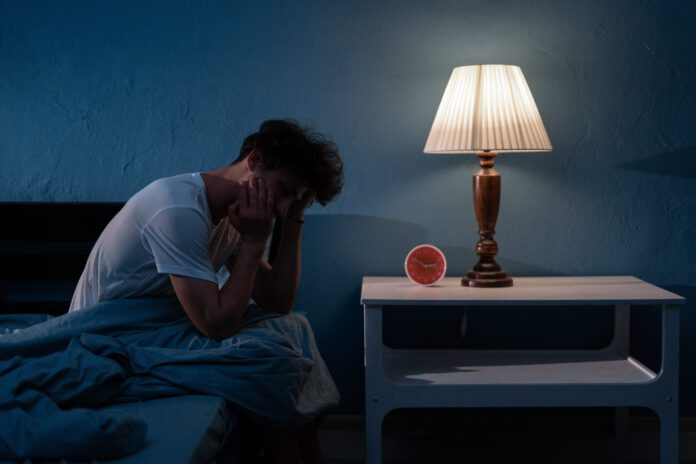For many Americans, getting a good night’s sleep is nearly impossible due to a chronic sleep-related breathing disorder: sleep apnea. The most common type of sleep apnea — which is known to cause pauses in breathing during sleep — is obstructive sleep apnea (OSA). According to the National Sleep Foundation, more than 50 million Americans are estimated to have OSA, while only 20% of cases are diagnosed.
Amritanshu Singh, D.O., an internal medicine physician with Warren Clinic Sleep Medicine in Tulsa, says sleep apnea often goes undiagnosed because many patients are unaware of the symptoms, which can include loud snoring, gasping or choking sounds during sleep, morning headaches and daytime fatigue.
“The primary risk factor for developing obstructive sleep apnea is obesity, especially those with central adiposity (increased waist circumference) and large necks,” says Singh.
He adds that while the risk factor of weight can be managed, other factors can’t be controlled including one’s age, sex and any craniofacial abnormalities such as a short lower jaw.
While men are reported to have the highest prevalence of sleep apnea, women are disproportionately affected by sleep apnea after menopause, often due to weakened upper airway muscles and hormonal changes.
A recent study by the University of Michigan research department found that “women with known or suspected sleep apnea were more likely than men to have symptoms or a diagnosis of dementia at every age level.”
Key factors within this finding were that women with moderate sleep apnea may have a greater risk of cardiovascular disease and are more likely to have insomnia. In addition, OSA and the effects of sleep deprivation and fragmentation are associated with inflammatory changes in the brain that may also contribute to cognitive decline.
“It’s important to recognize symptoms such as snoring, witnessed pauses in breathing [apneas] and daytime sleepiness that may be signs of sleep apnea,” says Singh. “Other underreported symptoms include daytime fatigue and insomnia. Patients should talk to their doctor if they experience any of these symptoms as they may benefit from therapy.”
Singh says the most common treatments for OSA include continuous positive airway pressure (CPAP) therapy, mandibular advancement devices and nerve stimulator therapy.
“There are also new medications being studied for the treatment for sleep apnea,” he says. “Recently, the FDA approved Zepbound for the treatment of sleep apnea in obese patients.”
In combination with a reduced-calorie diet and increased physical activity, Zepbound is an injectable prescription medicine that may help adults with moderate-to-severe OSA.
For anyone having trouble sleeping or staying asleep, Singh recommends seeking help rather than continuing to struggle.
“There are now many more available testing options — including home tests which do not require a patient to sleep in a sleep lab overnight,” says Singh. “As treatment options expand, patients usually have the choice between multiple modalities in treating the disease. If you treat the underlying sleep apnea, the hope is that patients will experience more restful sleep throughout the night and have more energy during the day.”
























